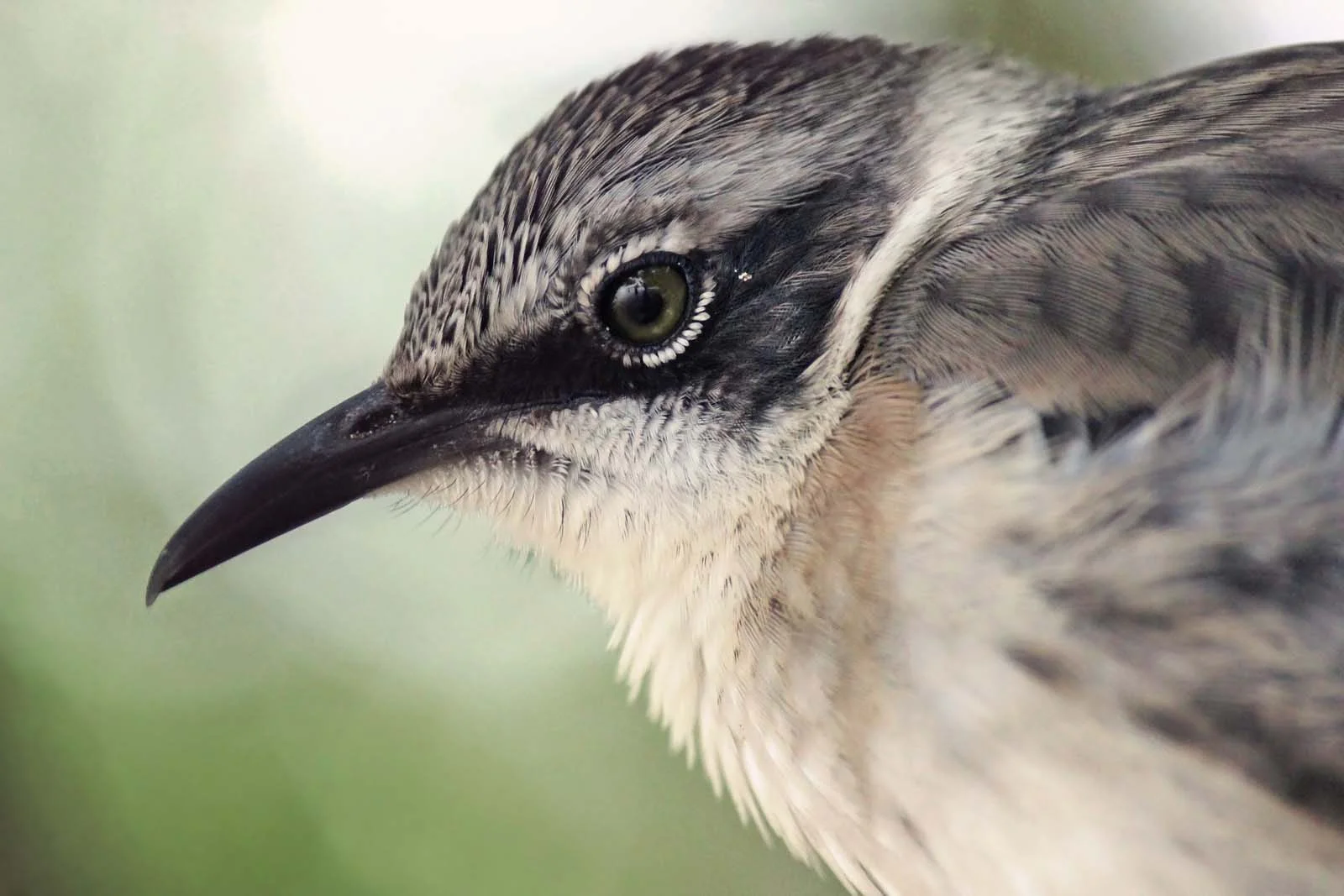
The Galápagos Islands Are an Icon of Evolution—But Should They Be? | Travel News
When individuals think about the Galápagos Islands, they often associate them with giant tortoises and Charles Darwin, perhaps also considering finches. This connection stems from the fact that the H.M.S. Beagle, the ship carrying Darwin as a naturalist, anchored on these islands off the coast of Ecuador. It was there that Darwin studied finches exhibiting varying beak sizes, providing evidence that later supported his theories of evolution. However, the question arises: can these isolated islands truly be regarded as an evolutionary laboratory?
Surprisingly, both creationists and evolutionists concur that organisms undergo changes. There is agreement on the existence of finch species with different beak sizes, acknowledging that beak size can confer advantages in specific environments, influencing population shifts. Essentially, creationists align with many of the factual observations made by Darwin. The point of contention lies in how the unobserved past is explained and the origin of traits, such as beaks. Creationists view different beak sizes as variations within finches, emphasizing that finches remain true to their identity.
In a compelling presentation, Dr. Jennifer Rivera adeptly delves into the history of the Galápagos and Darwin, elucidates the concept of natural selection, and argues that Darwin's observations actually align with the historical accounts in the Bible rather than his conjectures about the past. I encourage you to explore her presentation for a deeper understanding.

